Ross Didier designs a unique range of furniture for Vue de Monde restaurant in Rialto Melbourne.
November 25th, 2011
“Furniture adds uniqueness and identity to a space,” says Ross Didier. “Original pieces with a story and soul, breathing life into spaces by the most subtle of detailing.”
This is certainly true of Didier’s collection of furniture for the Rialto, Melbourne’s Vue de Monde restaurant.
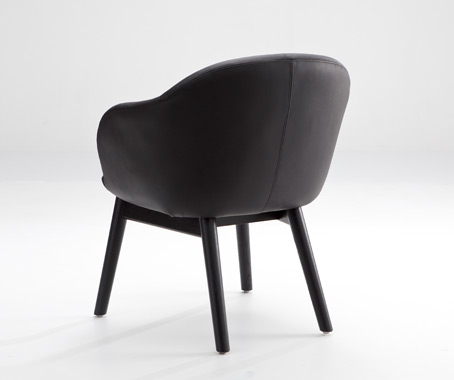
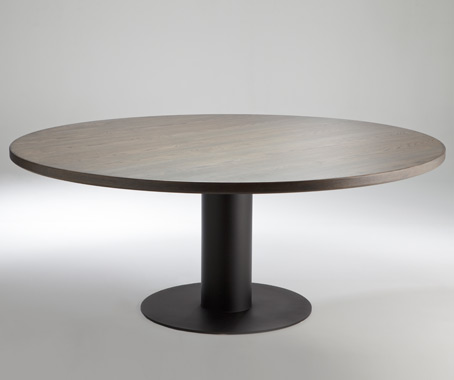
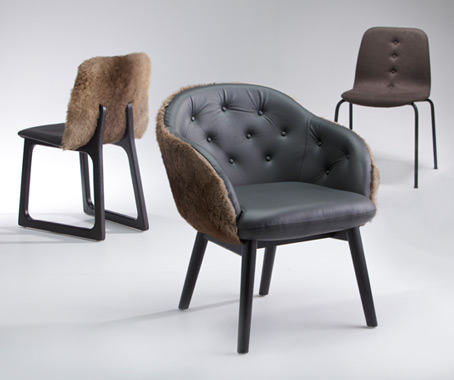
The inspiration came out of Didier’s experimentation with kangaroo furs and skins last year, and ensuing discussions with project architects Elenberg Fraser and Bennett.
“We spoke about the potential for original functional furniture pieces to complement the highly concept themes for the interior landscape and how the ideals of a restaurant can be reflected through that,” says Didier of the project.
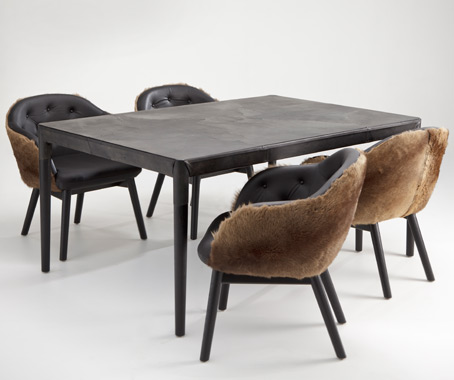
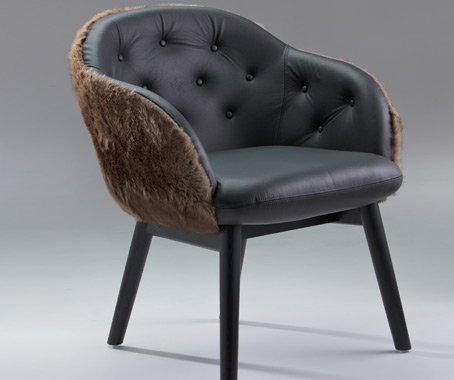
Didier’s custom-made tables and chairs reference Melbourne’s pre-European history, landscape and fauna. Armchairs are upholstered in kangaroo leather and furs – the end product of government-controlled culls. The chair frames are made of plantation-sourced oak, with tapered legs that evoke the stance of an animal.
Terra Firma tables, “versatile, rigid and functional”, are teamed with sled-based Tiller timber chairs featuring buttons that “create a look that’s suggestive of spinal detailing,” says Didier.
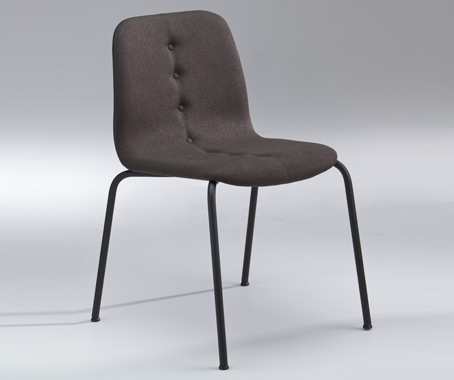
“My intention was to create truly Australian designed furniture that was sophisticated and embodied strong personality without being kitsch or clichéd,” he explains.
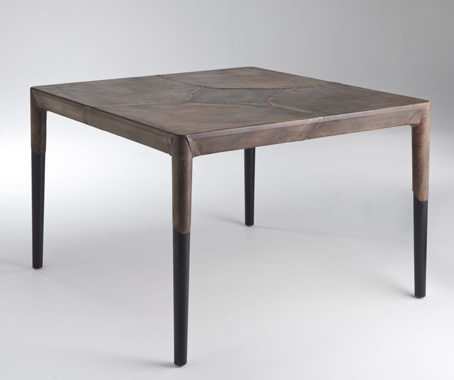
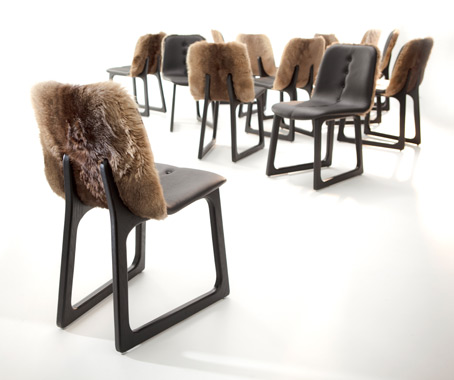
Didier also wanted restaurant patrons to think twice about local product and the life cycle of animals.
“It just seemed a bit of a waste that most of the skins were destined for shoes, footballs and European fashion houses without carrying their story,” he says of his use of kangaroo skins in the upholstery.
Hero image by Dianna Snape
Ross Didier
rossdidier.com
INDESIGN is on instagram
Follow @indesignlive
A searchable and comprehensive guide for specifying leading products and their suppliers
Keep up to date with the latest and greatest from our industry BFF's!

A longstanding partnership turns a historic city into a hub for emerging talent

How can design empower the individual in a workplace transforming from a place to an activity? Here, Design Director Joel Sampson reveals how prioritising human needs – including agency, privacy, pause and connection – and leveraging responsive spatial solutions like the Herman Miller Bay Work Pod is key to crafting engaging and radically inclusive hybrid environments.

It’s widely accepted that nature – the original, most accomplished design blueprint – cannot be improved upon. But the exclusive Crypton Leather range proves that it can undoubtedly be enhanced, augmented and extended, signalling a new era of limitless organic materiality.

When we talk about sustainability there’s a very compelling argument to take a more holistic approach. Just look at Interface and the huge impact it has had not only on the environment but the economies of small communities throughout the developing world.

The new generation of students might be throwing out the rulebook when it comes to old learning nodes, but RMIT’s New Academic Street is writing a new one.
The internet never sleeps! Here's the stuff you might have missed

On the evening of Thursday 31st July the winners of the 2025 INDE.Awards were announced at a spectacular VIP gala at Saltbox in Sydney, Australia. The night was a celebration of the outstanding people and exemplary projects and products from across our region and showcased the incredible talent that resides within the Indo-Pacific.
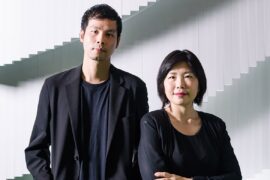
Practicing architecture and giving back to the next generation of students, Jenchieh Hung of HAS design and research is ensuring that the landscape of Thailand is in very good hands for the future.